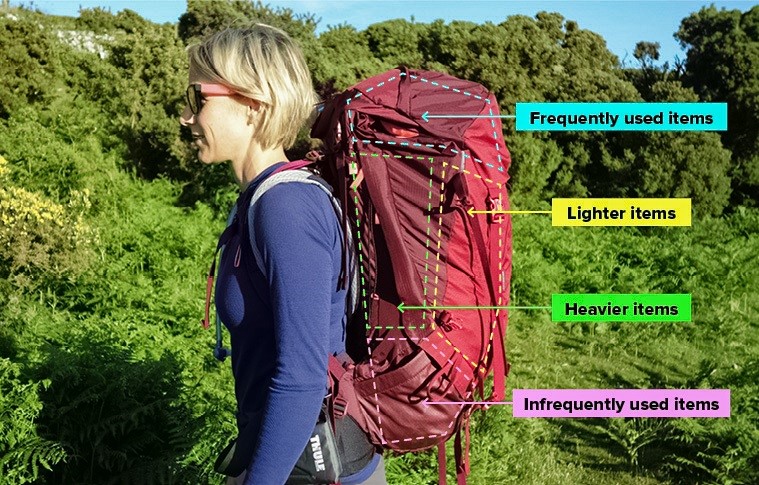PACKING YOUR RUCKSACK
- Home
- PACKING YOUR RUCKSACK

How to Pack Your Rucksack for a Himalayan Trek
Packing your rucksack the right way can make or break your trekking experience—especially in the Himalayas. A well-organized backpack offers comfort, balance, and easy access to essentials, reducing fatigue and enhancing safety.
Why Smart Packing Matters
Whether your trek is short, moderate, or extended, smart packing is vital. In higher altitudes, where oxygen is lower and trails are tougher, your backpack should:
Be light but complete
Contain only essentials
Be packed for quick access and proper weight distribution
What to Carry in Your Trekking Rucksack
A typical Himalayan trek backpack includes:
Clothing
Rainproof and windproof layers
Sleeping bag
Accessories and toiletries
First-aid and medications
Dry snacks for emergency
Water (1–2 litres)
Pro Tip: Avoid overpacking. Every gram matters on the trail. High-quality, lightweight gear is ideal, even if you build your kit gradually.
Recommended Backpack Size & Weight
| Trek Duration | Recommended Backpack Size | Ideal Weight (Fully Packed) |
|---|---|---|
| Short (2–3 days) | 30–40 L | 6–8 kg |
| Medium (4–7 days) | 40–50 L | 8–10 kg |
| Long (8–12 days) | 50–60 L | 10–12 kg |
Sample Packing List with Weight Estimate
| Item Category | Contents | Estimated Weight |
|---|---|---|
| Clothing | 4–5 quick-dry t-shirts, 2–3 trek pants, 1 thermal layer, cap, gloves, etc. | ~2 kg |
| Warm & Rainproof Gear | Fleece jacket, waterproof windcheater | ~1 kg |
| Sleeping Bag | Down/synthetic, 0°C to -10°C rating | ~1.5–2 kg |
| Accessories & Toiletries | Torch, soap strips, lip balm, toothpaste, tissue, cream, etc. | ~500 g |
| First Aid Kit | Bandages, painkillers, antibiotics, antiseptic cream, etc. | ~500 g |
| Dry Snacks | Chocolate bars, dry fruits, Glucon-D/Tang, etc. | ~500 g |
| Water | 1.5 to 2 litres in bottles or hydration pack | 1.5–2 kg |
| Miscellaneous | Notepad, pen, binoculars, GPS, camera, batteries | ~1–2 kg |
Real-World Packing Example (By GVH Founder)
| Item | Weight |
|---|---|
| Rucksack (Camp M4, 40L) | 1 kg |
| Clothing & Layers | 2 kg |
| Windstopper Jacket | 650 g |
| Waterproof Shell (Marmot Precip) | 370 g |
| Sleeping Bag (Ultralamina 15°F) | 1.3 kg |
| Accessories & Medical Kit | 1 kg |
| Water (1.5–2 L) | 2 kg |
| Miscellaneous Gear + Camera | 2 kg |
| Total Weight | ~10 kg |
How to Organize Your Backpack
Proper organization increases comfort and saves time. Follow this proven method:
1. Bottom Layer (Base)
Sleeping bag
Camp sandals (if any)
Items not needed until campsite
2. Middle Layer (Core)
Heavier items like food, water, jackets
Should be close to your back for better weight balance
3. Top Layer
Rain jacket
Snacks
First-aid kit
Cap, gloves, sunglasses
4. Side/Outer Pockets
Water bottles
Toilet paper
Headlamp
Sunscreen, lip balm
Waterproofing Tips
Use a rucksack rain cover during rain/snow.
Line the inside of your backpack with a plastic/poly sheet for added protection.
Your sleeping bag and clothing must stay dry under all conditions.
Final Words
Packing a rucksack is both a skill and a habit. With each trek, you’ll refine your list and become more efficient. Until then, follow this guide to avoid common mistakes and enjoy a hassle-free trekking experience.
Happy Trekking!
– Team GVH

